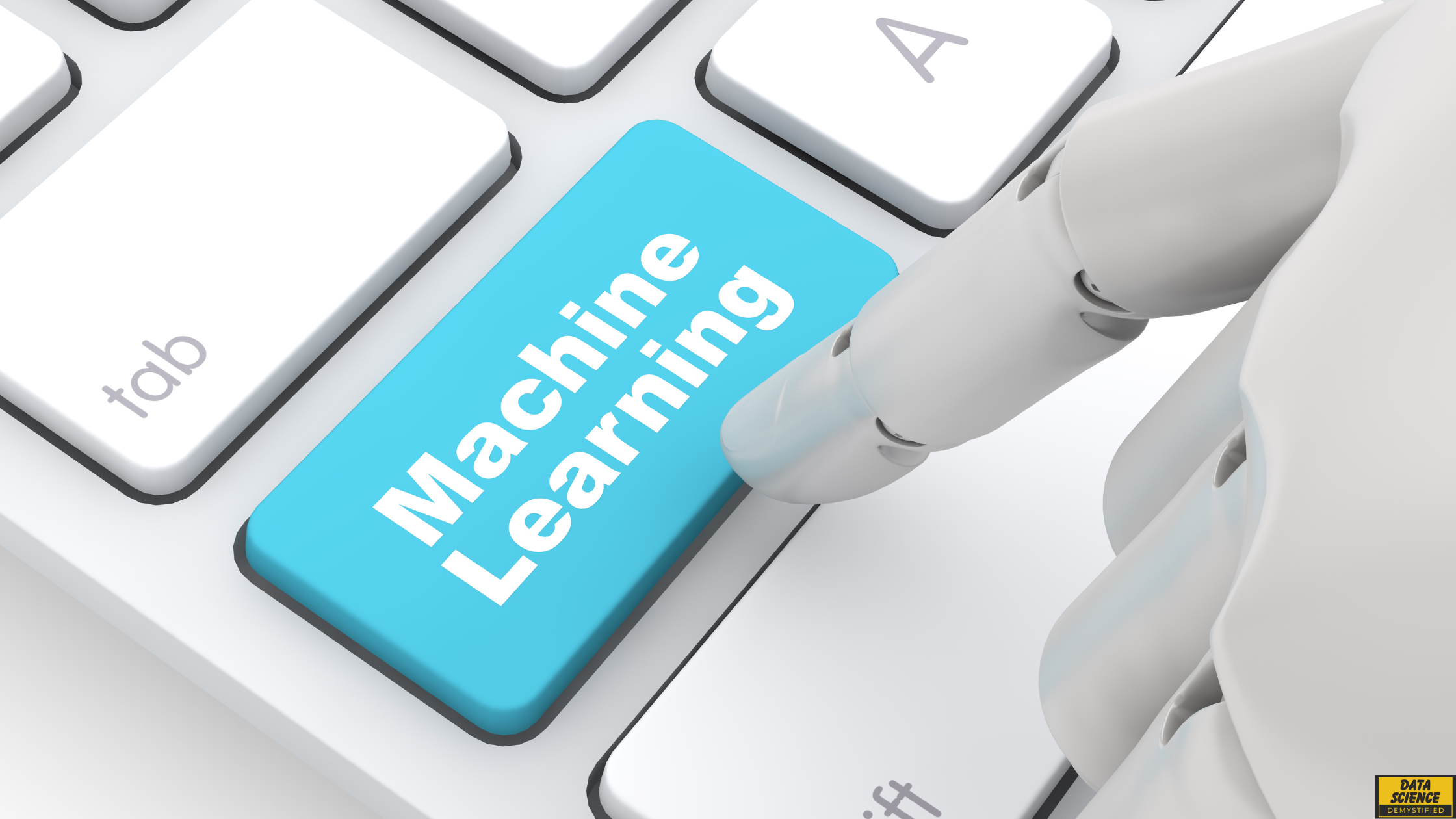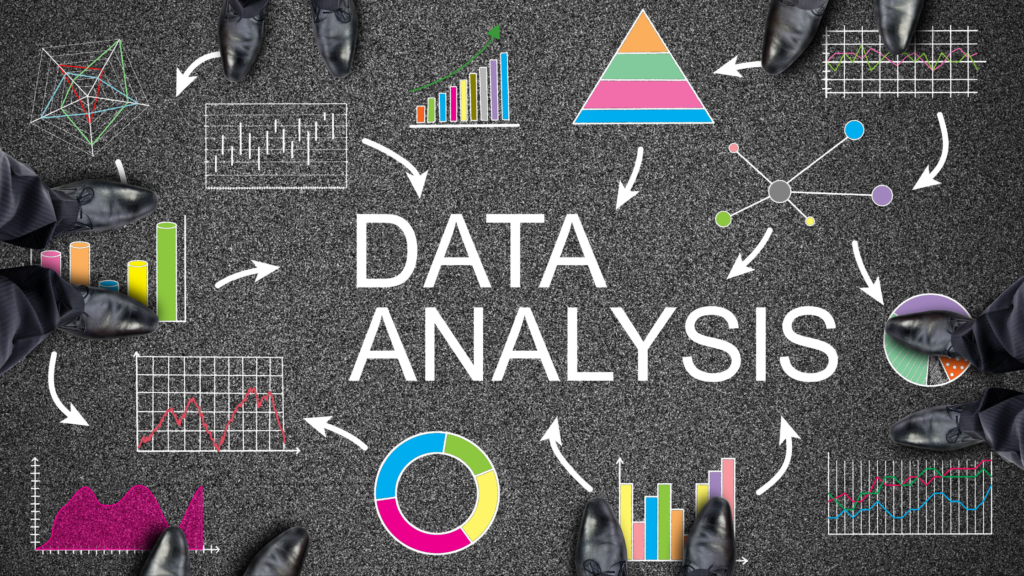Table of Contents
10-Step Effective Approach
Machine learning (ML) solutions are becoming increasingly critical across various industries, offering unparalleled capabilities in data-driven decision-making and automation. Developing a robust ML model requires a systematic and thoughtful approach. Here’s a detailed 10-step method to guide you through the process:
1. Define the Problem
This step involves identifying the goals of the business, the expected results, and the limitations that the analyst might come across. The first and perhaps the most important step is to understand the problem. In any machine learning (ML) project, it is crucial to identify the business goals and formulate the questions the project will try to answer.
The “problem statement” is important in identifying the correct approach and tools. Start by asking questions such as: What is the performance measurement? This step helps to keep the project on track and benefits the business as a whole.
2. Gather Data
Once the problem is defined, the next step is to gather relevant data to solve the problem. It is also essential to collect high-quality data. This process may involve extracting it from databases, APIs, or even scraping websites. Identify data sources, gather relevant datasets, and ensure the data accurately represents the problem.
Make sure the data is relevant, enough, and of high quality. Use APIs, databases, or web scraping tools to get the necessary data. Remember, the quantity and quality of data significantly impact the model’s performance.
import pandas as pd
# Load data from CSV file
data = pd.read_csv('customer_data.csv')3. Clean and Preprocess Data
Data cleaning is the first step in modeling as it ensures that the data that needs to be used is clean. Raw data is always messy and most likely contains a lot of noise and inconsistencies. Pre-process the data by dealing with the missing values, removing the duplicate values, and correcting any mistakes. This process may include the normalization process, scaling, and converting categorical variables into a quantitative measure. A few data clean-up examples are mentioned below.
# Handling missing values
data.fillna(method='ffill', inplace=True)
# Encoding categorical variables
data = pd.get_dummies(data, columns=['gender', 'region'])4. Exploratory Data Analysis (EDA)
EDA is important because data visualization and summarization are the main techniques of data analysis as they involve identifying patterns, trends, and outliers. Exploratory Data Analysis (EDA) is useful in the initial assessment of the data and the relationships between the variables.
Some visualization methods can be used to make conclusions and understand which variables are crucial for the model. In this case, one can use Pandas, Matplotlib, and Seaborn to develop graphs and charts. EDA is useful when it comes to determining the structure of the data and feature selection.
import seaborn as sns
import matplotlib.pyplot as plt
# Import pandas to work with DataFrames
import pandas as pd
# Load your data into a DataFrame (replace 'data.csv' with your actual file)
data = pd.read_csv('data.csv')
# Visualizing the distribution of customer churn
sns.countplot(x='churn', data=data)
plt.show()
# Analyzing the correlation between features
sns.heatmap(data.corr(), annot=True, cmap='coolwarm')
plt.show()5. Feature Engineering
It is the process of creating new features or modifying existing ones to improve model performance. Use techniques like polynomial features, interaction terms, and domain-specific knowledge. Feature selection involves choosing the most relevant features to reduce dimensionality and improve efficiency.
Creating new features from existing data will significantly improve the performance of your model as it involves aggregation of data. This involves using domain knowledge to derive meaningful features that capture important aspects of the data.
6. Select a Model
When choosing an algorithm, it’s crucial to consider the problem type – such as regression, classification, or clustering – as well as data characteristics and performance. Select the most suitable model based on these factors. Select the model that has the highest accuracy in your data set. Some popular algorithms are Linear Regression, Decision Tree, Random Forest, and Neural Network.
from sklearn.linear_model import LogisticRegression
# logistic regression model selection for binary classification
model = LogisticRegression()7. Train the Model
First, you should split the dataset into a training set and a testing set. The training set will be used to train and the testing set will be used to evaluate the performance of the model. When training the model, it’s important to tune the hyperparameters to optimize its performance.
from sklearn.model_selection import train_test_split
# split the data in to test and train
X = data.drop('churn', axis=1)
y = data['churn']
X_train, X_test, y_train, y_test = train_test_split(X, y, test_size=0.2, random_state=42)
# train the model
model.fit(X_train, y_train)To efficiently train the model, you can make use of libraries such as Scikit-Learn, TensorFlow, or PyTorch, which give a wide range of tools and utilities for building and training machine-learning models. These libraries offer a variety of algorithms and techniques and support for tasks such as classification, regression, clustering, and more. By leveraging these libraries, you can streamline the process of model training and take advantage of their optimization and parallelization capabilities.
8. Evaluate the Model
Assess the model’s performance using measures like accuracy, precision, recall, F1 score, and ROC-AUC. Techniques like k-fold cross-validation give good estimates of the performance of the model. Train the model based on the evaluation metrics obtained. Make a comparison of different models and choose the most effective one.
from sklearn.metrics import accuracy_score, classification_report, roc_auc_score
# make the predictions
y_pred = model.predict(X_test)
# evaluate the model
print("Accuracy:", accuracy_score(y_test, y_pred))
print("Classification Report:\n", classification_report(y_test, y_pred))
print("ROC-AUC Score:", roc_auc_score(y_test, y_pred))9. Deploy the Model
Deploy the model into a production environment. This step involves integrating the model with existing systems and ensuring scalability. Tools like Flask, Docker, and Kubernetes can facilitate seamless deployment.
When deploying the model into a production environment, the first step is to integrate the model with existing systems to ensure smooth interaction. This involves creating APIs to enable communication between the model and other components of the system. Additionally, it is crucial to ensure that the deployment is scalable to handle potential increases in usage.
import joblib
# save the model to a file for deployment
joblib.dump(model, 'customer_model.pkl')To facilitate seamless deployment, tools like Flask, Docker, and Kubernetes can be used. Flask is a lightweight web framework that is commonly used for building web applications. Docker provides a containerization platform, allowing for the deployment of applications consistently and efficiently. Kubernetes, on the other hand, is an open-source platform for automating deployment, scaling, and managing containerized applications.
By leveraging these tools, the deployment process can be made more efficient and reliable, ensuring that the model is integrated into the production environment.
10. Monitor and Maintain the Model
Once deployed, it’s crucial to monitor its performance for any deviations or irregularities. This involves keeping a close eye on how the model behaves and performs over time in a real-world production environment. By doing so, any drifts or anomalies can be identified and addressed.
Also for monitoring, it’s essential to update the model with new data. This practice ensures that the model remains accurate and relevant, reflecting any changes or trends in the input data. The frequency of these updates should be determined based on the nature of the model and the rate at which the underlying data changes.
To streamline this process, implementing automated monitoring tools is highly recommended. These tools can help in efficiently tracking the model’s performance and automating the update process, reducing the need for manual intervention and minimizing the risk of oversight.
In summary, continuous monitoring of the model’s performance in the production environment, periodic retraining with fresh data, and the implementation of automated monitoring tools are critical steps in ensuring the accuracy and relevance of the deployed model.
Popular GitHub Repositories for Machine Learning Solutions
1. scikit-learn: A robust library for classical ML algorithms in Python.
2. TensorFlow: An open-source platform for ML developed by Google.
3. Pandas: A powerful data manipulation and analysis library.
4. XGBoost: A scalable and efficient gradient boosting the library.
5. Keras: An API designed for easy and fast experimentation with deep learning models
Tech Trends Spotlight
In our Tech Trends Spotlight, we are going to take a closer look at the trend that is gaining popularity, Explainable AI (XAI). Due to the increasing sophistication of AI systems, there is a need to explain AI systems and their decision-making processes. XAI is a new concept targeted at improving the interpretability and trustworthiness of AI systems. This is done by offering the stakeholders useful information on how AI algorithms reach their decisions, thus building trust and understanding. So, through providing rationale and reasoning for the AI’s decisions, XAI seeks to increase the responsibility and comprehensibility of the AI systems, thus increasing the users’ trust in them.
Closing Thoughts
Thank you for choosing Data Science Demystified. We hope you find this 10-step approach to machine learning solutions insightful and valuable. Remember, the journey to mastering data science is continuous, and we’re here to support you every step of the way. Stay curious, keep learning, and let’s demystify data science together!
Don’t miss out on the latest trends and tools in data science! Subscribe to Data Science Demystified and learn together. Share this newsletter with your colleagues and friends who are passionate about data science and AI.
(This article was published on substack.com)



